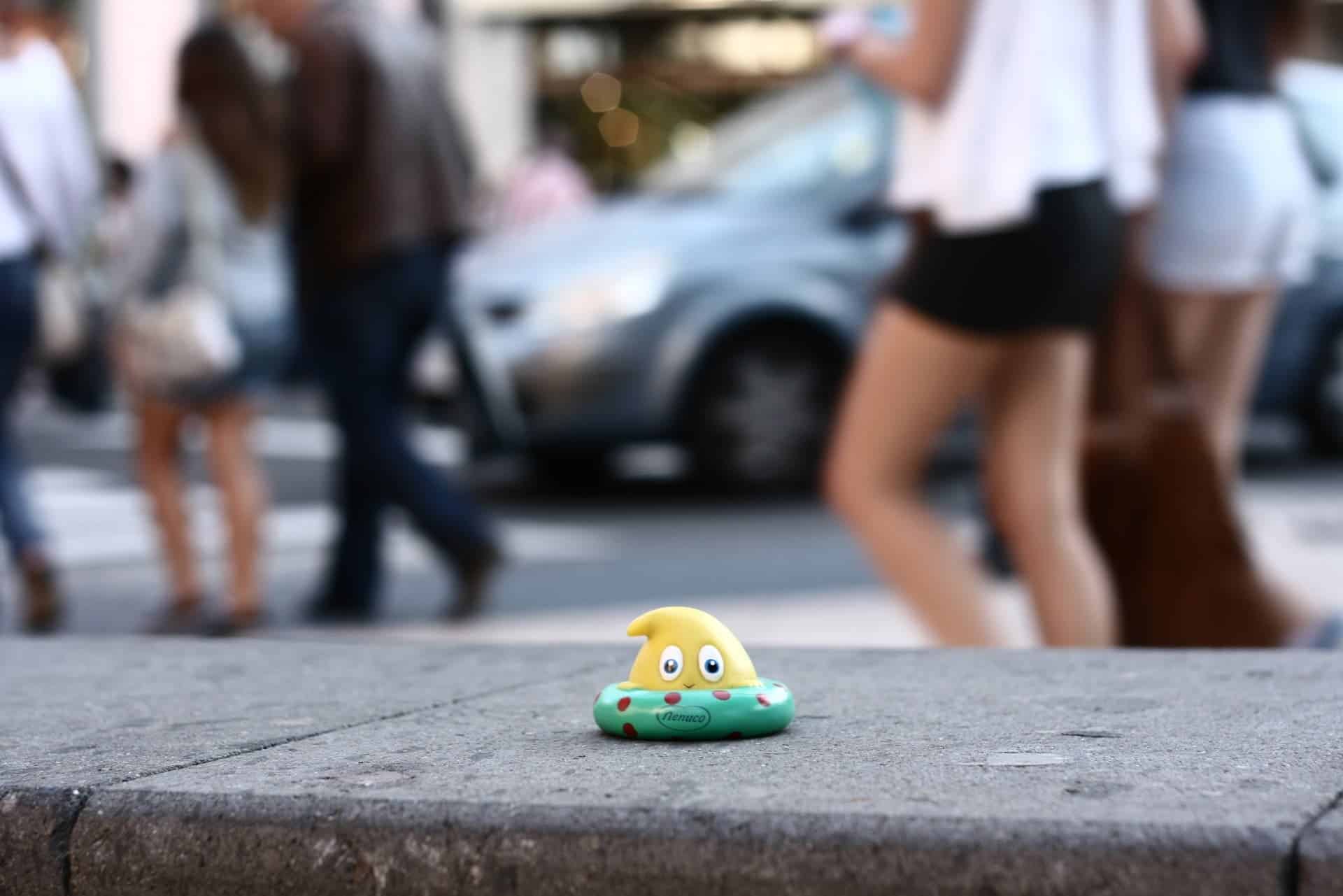Life — from what we know so far, it takes some carbon, some water, and a dash of other elements to make it happen. We’ve never seen it form from anything else, no matter where we’re searched. And yet, there is one element found in abundance on Earth that biological life makes surprisingly little use of: silicon.

Silicon is very similar in its chemical make-up to carbon, and shares its tetravalence — each atom can bond to four other atoms — meaning silicon could, in theory, form the basis for complex molecules fundamental to life — such as proteins and DNA. Organic carbon-silicone bonds have been used by chemists for decades now in anything from paints to computer hardware. But these are produced artificially, and we’ve yet to see similar bonds pop up in nature. No silicon-based life has evolved on the planet, which is only stranger when you factor in that after oxygen, silicon is the most bountiful element in the Earth’s crust.
This has left scientists with a dilemma for decades now: is silicon-based life possible, and if so, what would it look like?
To try and answer that question, a team from the California Institute of Technology, Pasadena, has managed to coax living cells into forming carbon-silicon bonds, showing for the first time how nature can incorporate this element into the basic building blocks of life.
“No living organism is known to put silicon-carbon bonds together, even though silicon is so abundant, all around us, in rocks and all over the beach,” says one of the researchers, Jennifer Kan from Caltech.
The team started by isolating a protein that occurs naturally in Rhodothermus marinus, a bacterium which inhabits Iceland’s hot springs. Known as a cytochrome c enzyme, the protein’s main role is to shuttle electrons through the cells. The team chose it because lab tests showed that it could help create the kind of bonds used to hook carbon and silicon atoms together.
After identifying the gene that codes cytochrome c, they pasted it into a culture of E. coli bacteria to see if it would lead to the creation of those bonds. The first few tries didn’t result in much progress, but the team kept altering the protein gene within a specific area of the E. coli‘s genome until they finally achieved their goal.
“After three rounds of mutations, the protein could bond silicon to carbon 15 times more efficiently than any synthetic catalyst,” Aviva Rutkin reports for New Scientist.
This new method of trying the two elements together (with much greater efficiency than before) could change the way we think about producing the goods that require them, such as fuels, pharmaceuticals, or agricultural fertilizers. It also shows that life could (at least in part) be based on silicon.
“This study shows how quickly nature can adapt to new challenges,” one of the team, Frances Arnold, said in a press statement.
“The DNA-encoded catalytic machinery of the cell can rapidly learn to promote new chemical reactions when we provide new reagents and the appropriate incentive in the form of artificial selection. Nature could have done this herself if she cared to.”
Kan’s team had to really push the cells to create the bonds — this wasn’t something they were easily capable of doing on their own, or even very willing. Still, if the team continues to work with these kinds of bacteria, we could get an even better understanding of how life based on silicon might look like.
The full paper “Directed evolution of cytochrome c for carbon–silicon bond formation: Bringing silicon to life” has been published in the journal Science.


